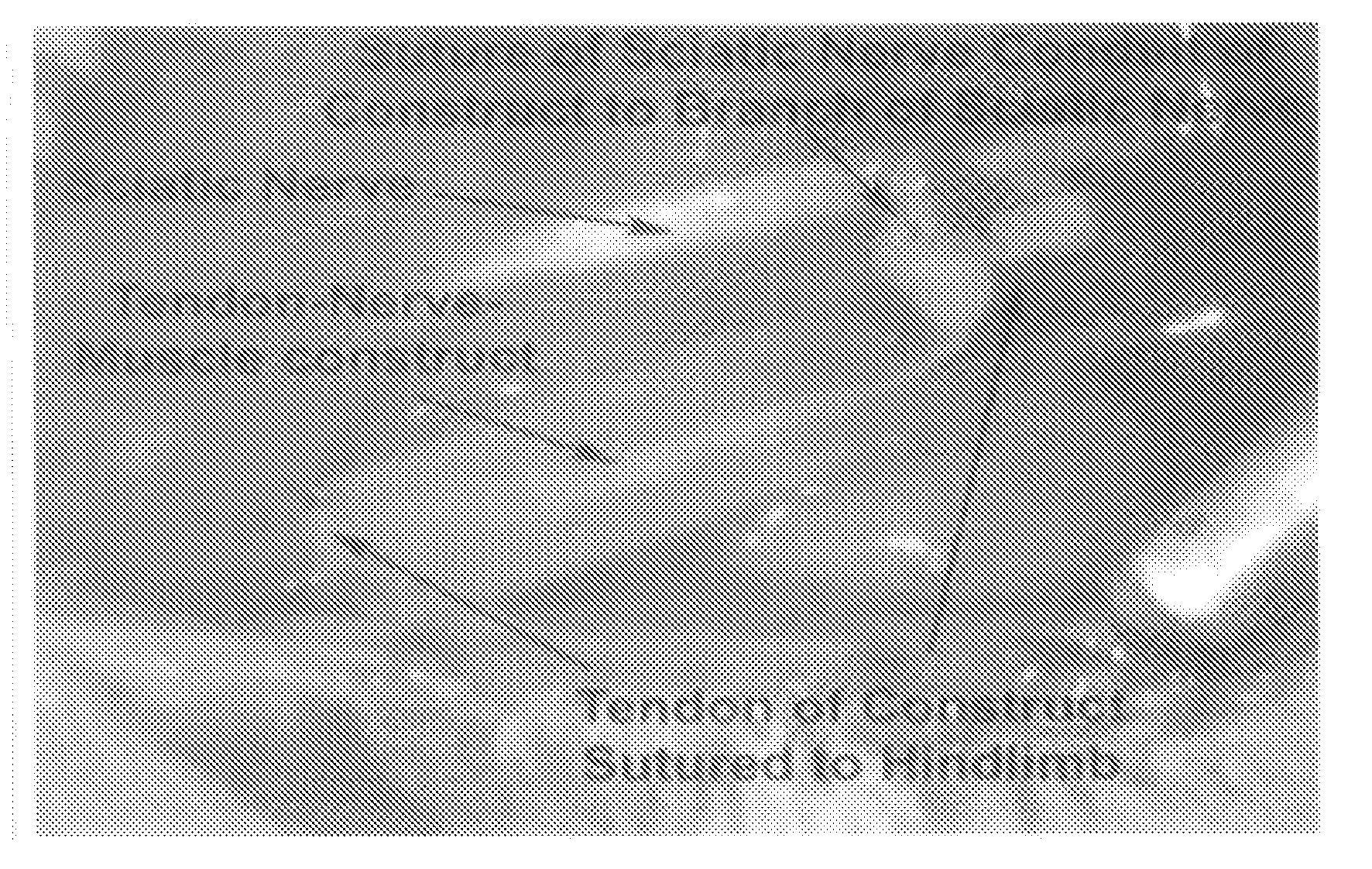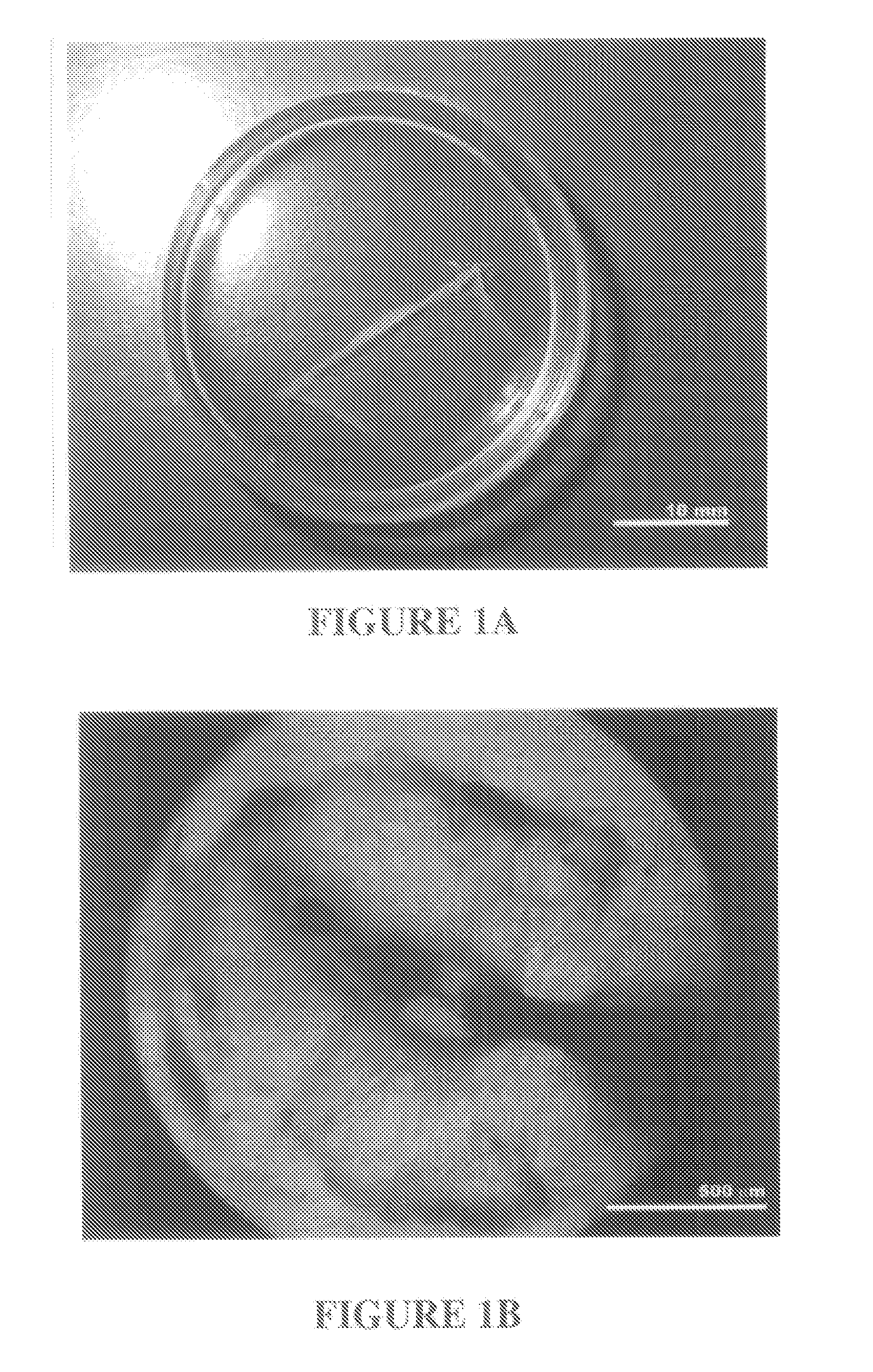System and Method for Forming Skeletal Muscle Constructs Having Functional Tissue Interfaces
a technology of functional tissue and skeletal muscle, which is applied in the direction of skeletal/connective tissue cells, prosthesis, ligaments, etc., can solve the problems of affecting the quality of life of patients, and incurring a health care cost of more than $400 billion annually
- Summary
- Abstract
- Description
- Claims
- Application Information
AI Technical Summary
Problems solved by technology
Method used
Image
Examples
Embodiment Construction
[0031]As required, detailed embodiments of the present invention are disclosed herein; however, it is to be understood that the disclosed embodiments are merely exemplary of the invention that may be embodied in various and alternative forms. The figures are not necessarily to scale, some features may be exaggerated or minimized to show details of particular components. Therefore, specific structural and functional details disclosed herein are not to be interpreted as limiting, but merely as a representative basis for teaching one skilled in the art to variously employ the present invention.
[0032]The present invention includes a contractile, self-organizing, three-dimensional skeletal muscle tissue construct having a functioning tissue interface, such as a neuromuscular junction (NMJ) or a myotendinous junction (MTJ), and a system and method of engineering the construct by a co-culture of myogenic cells with a secondary tissue (e.g., neural or tendon tissue) without the use of exoge...
PUM
| Property | Measurement | Unit |
|---|---|---|
| force | aaaaa | aaaaa |
| tetanic force | aaaaa | aaaaa |
| tetanic force | aaaaa | aaaaa |
Abstract
Description
Claims
Application Information
 Login to View More
Login to View More - R&D
- Intellectual Property
- Life Sciences
- Materials
- Tech Scout
- Unparalleled Data Quality
- Higher Quality Content
- 60% Fewer Hallucinations
Browse by: Latest US Patents, China's latest patents, Technical Efficacy Thesaurus, Application Domain, Technology Topic, Popular Technical Reports.
© 2025 PatSnap. All rights reserved.Legal|Privacy policy|Modern Slavery Act Transparency Statement|Sitemap|About US| Contact US: help@patsnap.com



